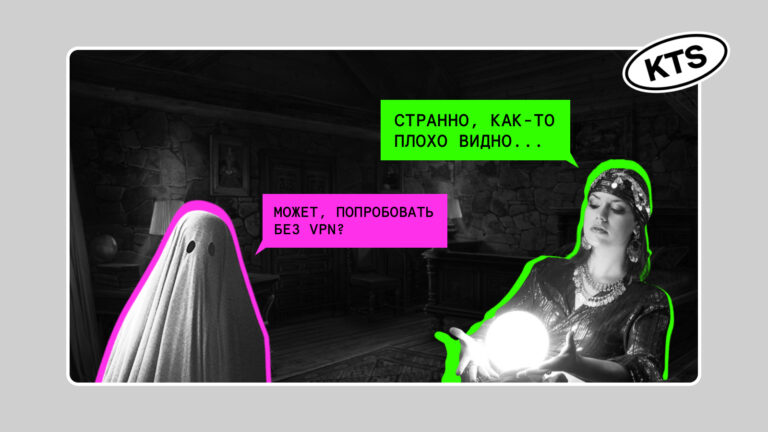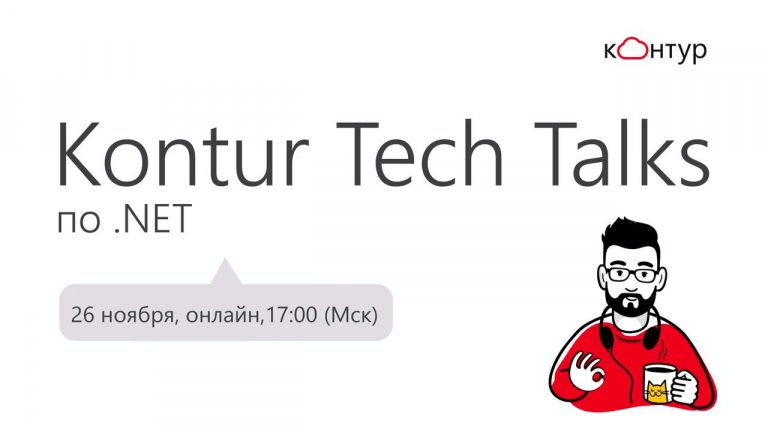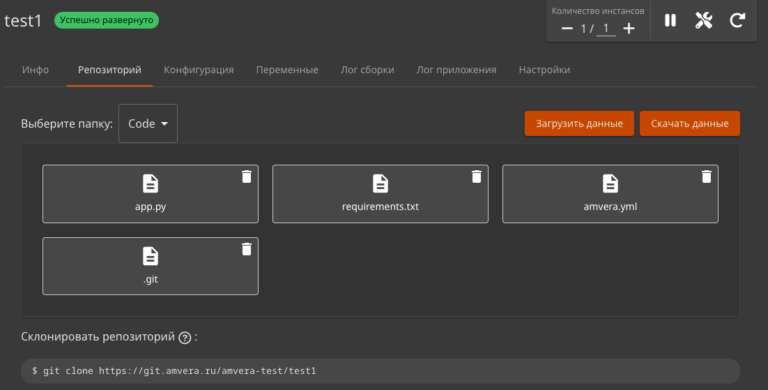Development of a new tabletop experiment to search for dark matter has begun
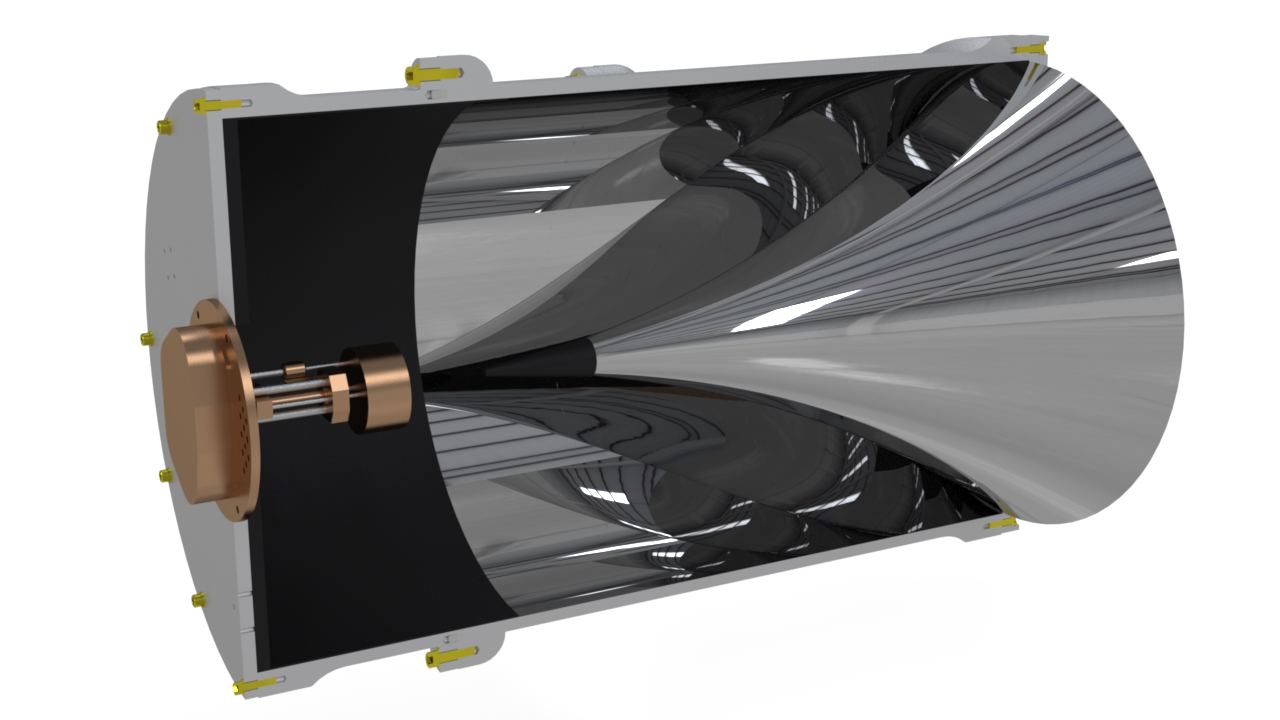
What is dark matter? We do not know. At this stage of the game, scientists are busy trying to detect it and map its presence and distribution in the Universe. Typically, high-tech and sophisticated telescopes are used for this. But a new approach involves using a device so small it can be placed on a kitchen counter.
A collaboration between the University of Chicago and Fermi National Accelerator Laboratory has resulted in a benchtop device called the Broadband Reflector Experiment for Axion Detection, or BREAD. BREAD is designed to detect dark matter, and its first results have already been presented in a new paper.
The article is called “First results of a broadband search for dark photons of dark matter in the range 44-52 μeV using a coaxial dish antenna“It is published in the journal Physical Review Letters and its lead author is Stefan Knirk. Knirk is a Fermilab postdoctoral fellow who led the construction of the detector.
The word “mysterious” would be too weak to describe dark matter. It makes up about 85% of the matter in the Universe. It cannot be seen, but its presence can be guessed from observations. Its mass holds the galaxies together; without her they would have fallen apart.
Dark matter is sometimes called the foundation of the Universe, or the scaffolding that holds up ordinary matter. Modeling, for example TNG Illustris, showed how dark matter is distributed throughout the Universe in the form of a network of threads and clumps. The distribution of galaxy clusters follows the same pattern.
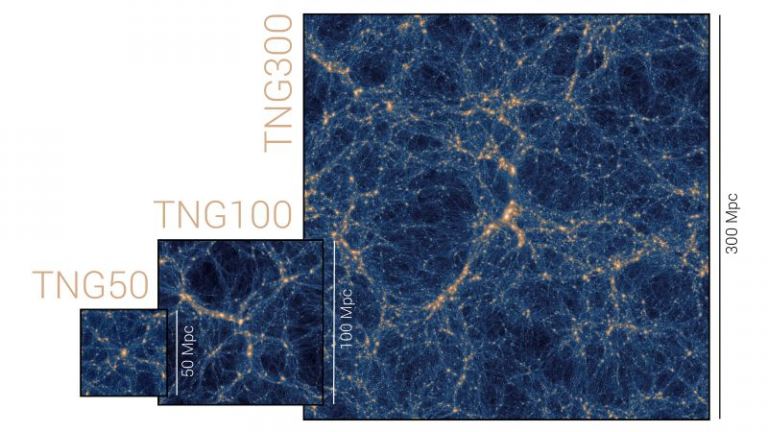
Physicists still don't know what dark matter is. But it exists, and there are several candidates for its role.
“We're pretty confident it exists, but there are many, many forms it could take,” says University of Chicago assistant professor David Miller. Miller is one of the leaders of the BREAD experiment.
One candidate for its role is a hypothetical type of particle, axions. If they are real and their mass falls within certain limits, then they may be one of the components of dark matter.
The BREAD experiment focuses on the mass range 10.7-12.5 GHz. In this range he is looking dark photons dark matter. Along with axions, they are one of the most promising candidates for dark matter. Dark photons are a hypothetical type of particle that physicists believe could act as force carriers for dark matter, just as photons are force carriers for electromagnetism. In searches for dark matter, axions and dark photons are searched together, but a detailed explanation of their nature is beyond the scope of this article.
The first time, BREAD ran for 24 days straight and found nothing; if he did, it would be huge news and we would all know about it. But since the purpose of the BREAD experiment is very narrow, the lack of a positive result was still constructive.
“We're very excited about what we've achieved so far,” says Miller. “This design has a lot of practical advantages, and we've already demonstrated the best sensitivity to date in the 11-12 gigahertz range.”
Each dark matter candidate must be searched for in a special way. Physicists are building detectors that target specific candidates. BREAD works a little differently. As its name suggests, this is a broadband detector. It can search across a range of frequencies, but its accuracy suffers.
“If you think of the experiment as being like working on a radio, searching for dark matter is like turning a dial to find one specific radio station. The difference is that you have to check a million different frequencies,” says Miller. “Our method is like scanning 100,000 radio stations rather than just a few, and doing it in a very meticulous way.”
This version of BREAD is a smaller version of the upcoming full-scale version. Ultimately, BREAD will be placed inside a magnet. The magnetic field will increase the likelihood that dark matter particles will be converted into photons that can be detected. This first 24-day launch was a proof of concept.

Even though the first test run didn't detect any dark matter, the results were still useful. The launch showed that BREAD is very sensitive in its frequency range. The researchers believe they can improve sensitivity even further.
“This is just the first step in a series of exciting experiments we are planning,” said Fermilab's Andrew Sonnenschein, who originally developed the BREAD concept. “We have many ideas to improve the sensitivity of the axion search.”
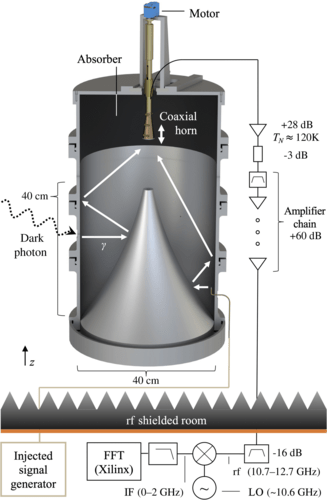
Dark matter and its composition are one of the most perplexing questions in science. For Miller, BREAD is not just another science experiment. He talks about the creativity required to thoroughly study dark matter and how researchers from different institutions can work together to make progress.
“There are still so many open questions in science and so much room for new, creative ideas to solve them,” says Miller. “I think this is a really powerful example of these kinds of creative ideas—in this case, effective collaborative partnerships between smaller-scale science at universities and larger-scale science at national laboratories.”



